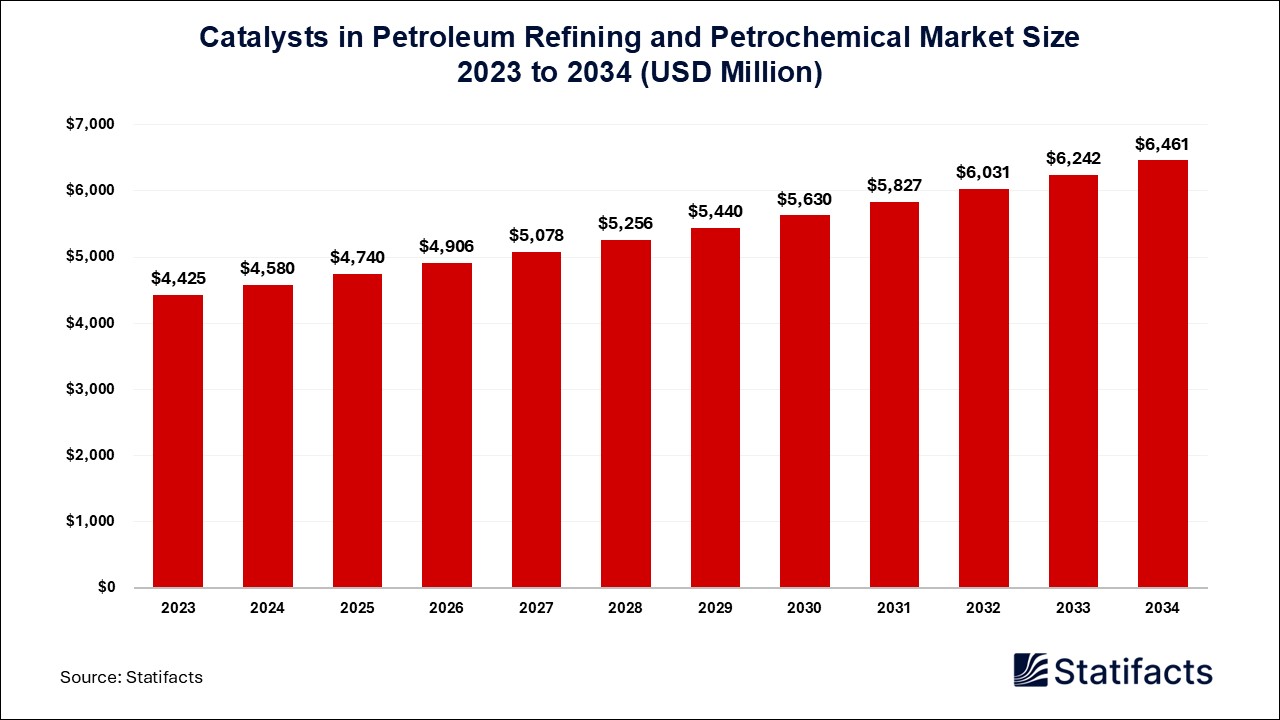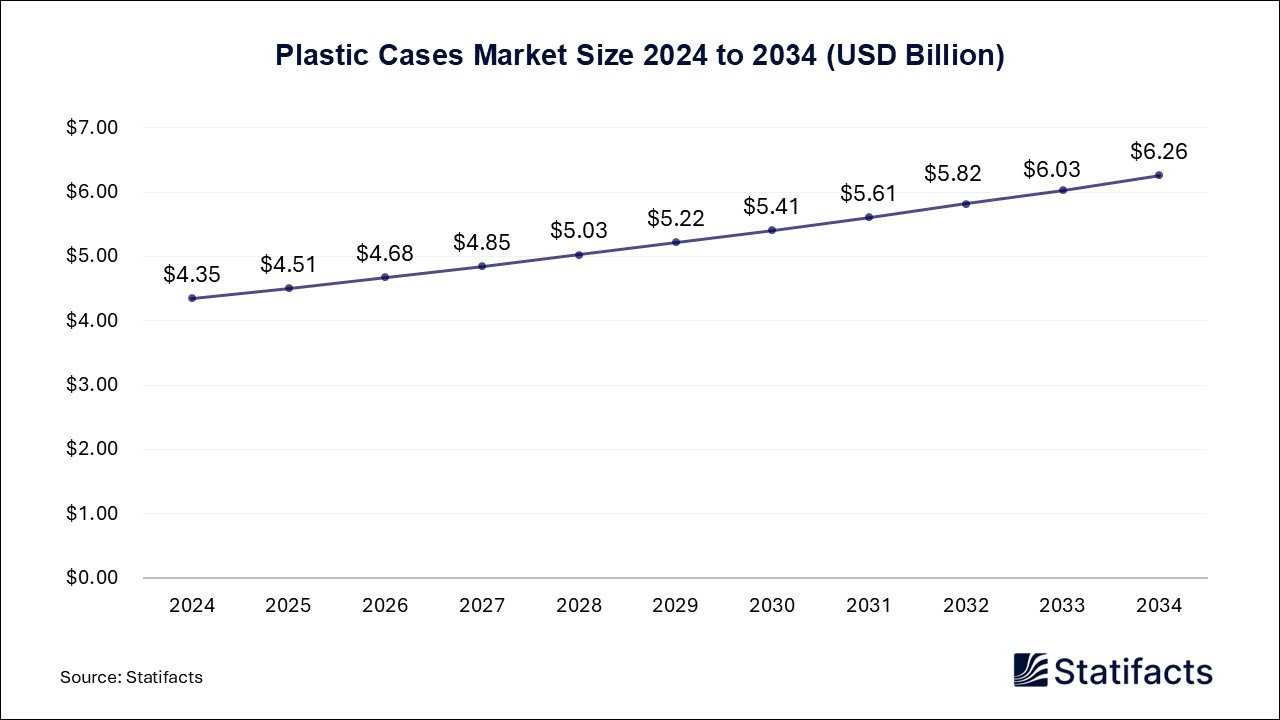

Our customers work more efficiently and benefit from
The global high resolution melting analysis market size was calculated at USD 322 million in 2024 and is predicted to attain around USD 424.41 million by 2034, expanding at a CAGR of 2.8% from 2025 to 2034.
| Industry Worth | Details |
| Market Size in 2025 | USD 331.02 Million |
| Market Size by 2034 | USD 424.41 Million |
| Market Growth Rate from 2025 to 2034 | CAGR of 2.8% |
The high resolution melting analysis market refers to the production, distribution, and application of high resolution melting analysis (HRM analysis), which is the quantitative analysis of the melt curves of product DNA fragments following PCR amplification. High resolution melting can be considered the next-generation application of amplicon melting analysis. High resolution melting analysis generates DNA melt curve profiles, which are both specific and sensitive enough to distinguish nucleic acid variation in an exploratory setting and routine detection of known variants. High resolution melting analysis is a powerful technique in molecular biology for the detection of mutations, polymorphisms, and epigenetic differences in double-stranded DNA samples.
High resolution melting analysis is a relatively new, post-PCR analysis method used to identify variations in nucleic acid sequences. This method is based on detecting small differences in PCR melting curves. The benefits of high resolution melting analysis include it is fast and powerful, due to which it can accurately genotype a huge number of samples in a short time, with a high level of accuracy and high reproducibility and capability of analyzing many CpG within a region. Benefits of high resolution benefits include more pixels allowing for finer details, smoother gradients, and crisper edges, resulting in a more realistic and visually pleasant representation.
High resolution melting analysis plays an important role in pharmaceutical research, specifically in identifying genetic markers for disease and drug response, which drives the growth of the high resolution melting analysis market. High resolution melting curve analysis has high specificity and sensitivity for the detection of rifampin resistance in Clinical M. tuberculosis isolates. This method may be a good alternative to conventional drug susceptibility tests in clinical practice.
This method is fast and powerful. Therefore, it can quickly and accurately determine the genotype of many samples, and it can also be easily used by any unskillful laboratory staff with access to a real-time PCR device. High resolution melting analysis can also be used to scan for mutations in target genes for the identification of variant samples prior to sequencing analysis. Pharmaceutical research plays an important role in discovering new or enhanced methods to improve therapeutic approaches and address unmet medical needs.
Rising personalized medicine demand is driving the growth of the high resolution melting analysis market. There are many benefits to personalized medicines, ranging from enhancing diagnostic accuracy to identifying the best treatment option for a patient based on their characteristics, to targeted therapy that increases the likelihood of successful treatments, reduces side effects, allows for better prevention, and most importantly reduces healthcare costs, increases patient engagement, and also promotes research and innovation. Personalized medicine is emerging to treat the underlying causes of disease and promote overall health. Technological and interdisciplinary advances are essential for the collection and analysis of health data, promoting personalized and accurate treatments. Personalized medicine is already being used in clinical care, and it is used only as the standard procedure in a small number of settings.
Advancements in genomic research are driving the growth of the high resolution melting analysis market. High resolution DNA melting analysis using the LightScanner is a sensitive method for variant detection in genomic and whole genome amplified DNA. The whole genome amplified DNA appears to have a slightly higher failure rate and lower specificity than genomic DNA. High resolution melting analysis is a sensitive and specific method for molecular diagnosis of genetic disorders. It does not need labeled probes, processing, or separations after PCR. It is efficient and can be used for mutation pre-screening in many genetic disorders.
Published by Laxmi Narayan , March 2025
For any questions about this dataset or to discuss customization options, please write to us at sales@statifacts.com
| Stats ID: | 8130 |
| Format: | Databook |
| Published: | March 2025 |
| Delivery: | Immediate |
| Price | US$ 1550 |



| Stats ID: | 8130 |
| Format: | Databook |
| Published: | March 2025 |
| Delivery: | Immediate |
| Price | US$ 1550 |

You will receive an email from our Business Development Manager. Please be sure to check your SPAM/JUNK folder too.

Unlock unlimited access to all exclusive market research reports, empowering your business.
Get industry insights at the most affordable plan
Stay ahead of the competition with comprehensive, actionable intelligence at your fingertips!
Learn More Download
Download
chromium-market.jpg)
